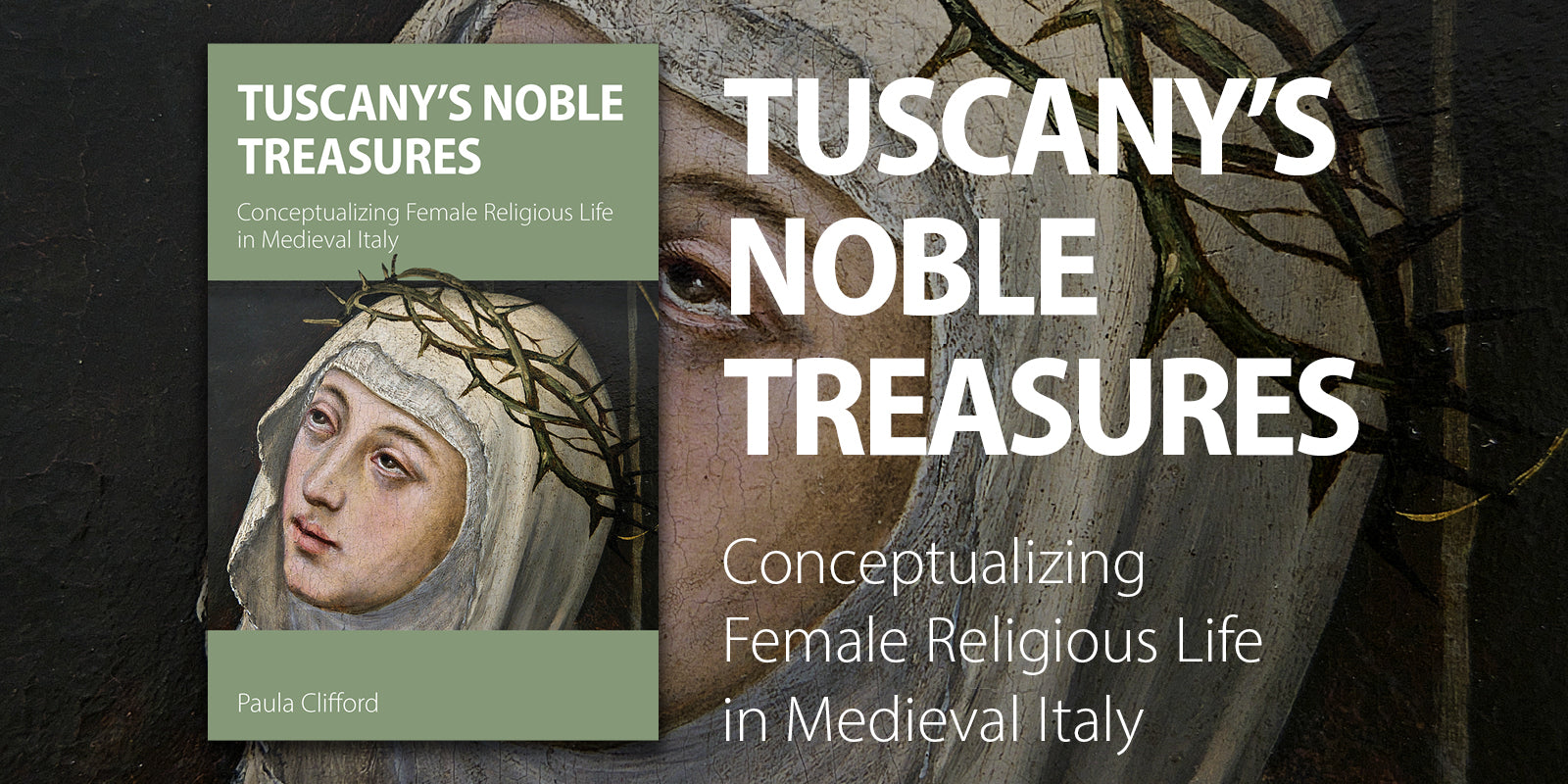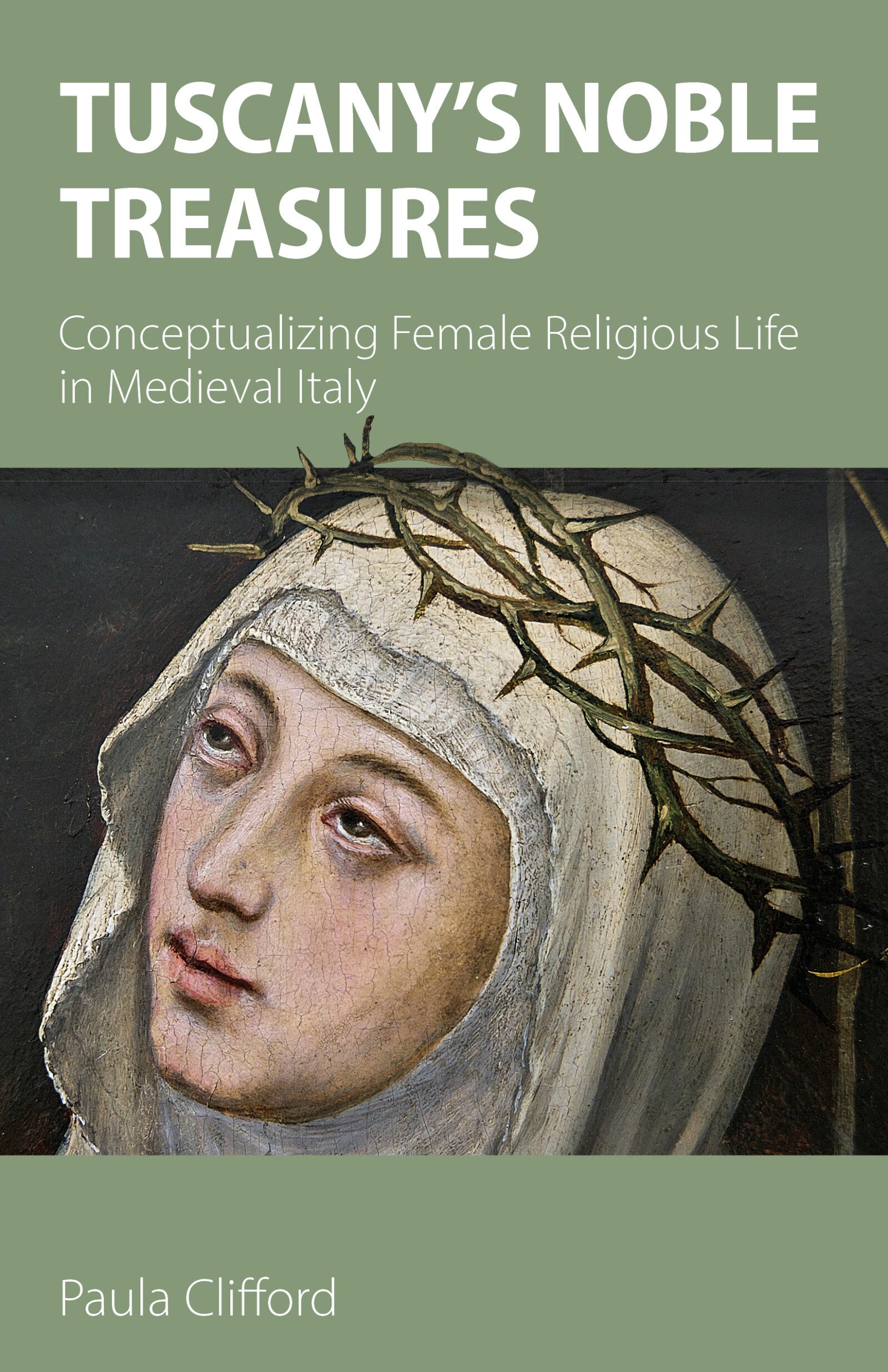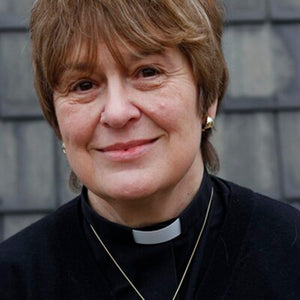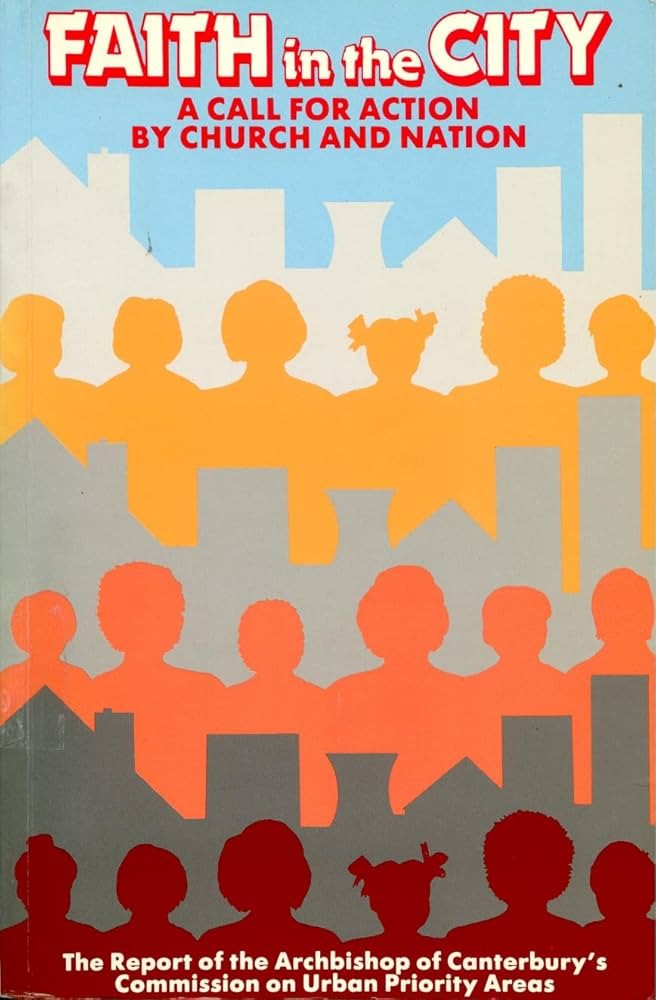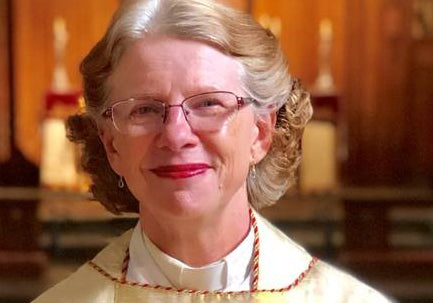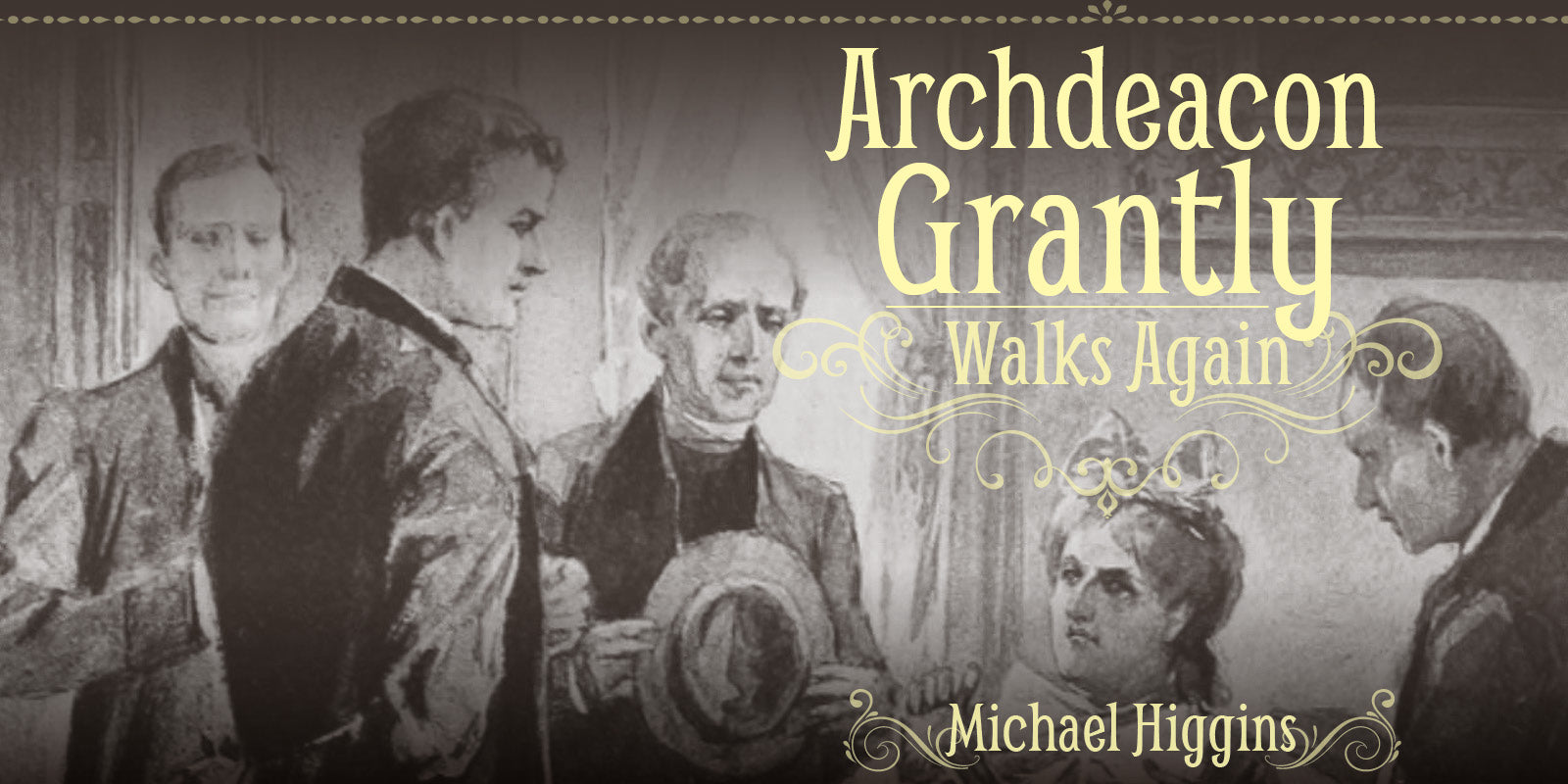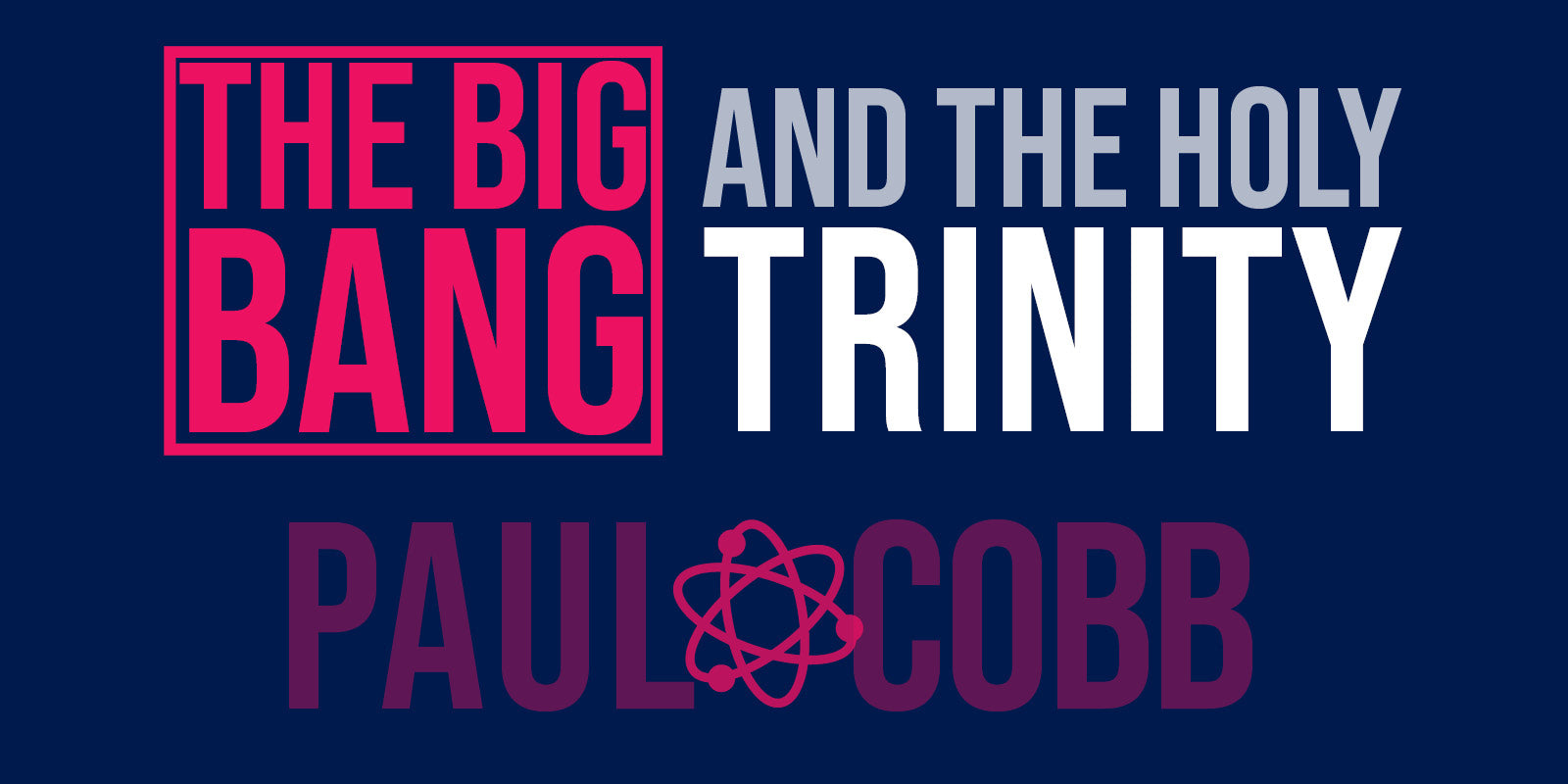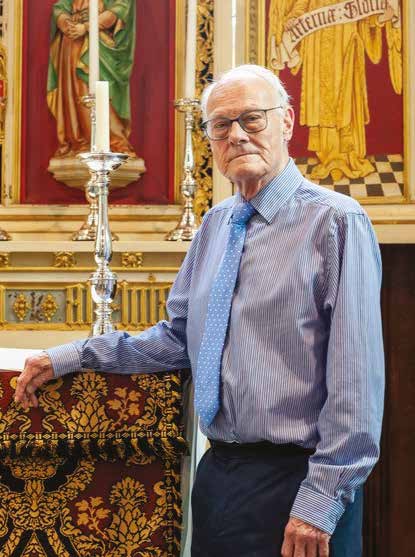GUEST BLOG: As part of our #ThemeOfTheMonth focus on Christian history Paula Clifford, author of Tuscany’s Noble Treasures, discusses the causes and impact of historic and modern heresies.
I am fascinated by the history of heresies – where they come from, what happens to them, and how they are remembered.
Some are minor blips in Christian history. Typically they might originate with individuals whose devotion to certain spiritual practices may have been attractive to local lay Christians, while arousing suspicion or fear in the ecclesiastical authorities. And because the church has, from earliest times, been anxious to safeguard its unity, punishment inevitably followed.
arousing suspicion or fear in the ecclesiastical authorities. And because the church has, from earliest times, been anxious to safeguard its unity, punishment inevitably followed.
Other heresies come about simply to meet the needs of a community, particularly when the authority of the church is distant. Some years ago I was working in a remote rural community in the south of Brazil. Every Sunday a pick-up truck would drive around the area collecting the faithful for Mass, which took place in a farmer’s barn. The local priest had to cover a huge area, so he was only able to come to us once a month. On the other Sundays the service was conducted by a young woman with a child on her hip. When it came to the Eucharistic prayer she stopped just short of consecrating bread and wine and we all shared a token meal together. When I asked her how she was able to do this she replied with a smile, “we’re a long way from the Vatican here”.
I was reminded of this a couple of years ago when a small Anglican congregation in Europe demanded consecrated wine in individual cups, at a time when Covid precautions where just coming into effect. Fine for our non-conformist colleagues, but heretical in a church where the “common cup” is at the heart of our eucharistic practice. Yet there, as in rural Brazil, lay Christians had no problem whatsoever with their preferred practice.
Some heresies turn out to be of major significance in the history of Christianity, like the Marcionite heresy that flourished in the 2nd century AD when there was, as yet, no agreement as to what books should be included in the New Testament. Marcion wanted a canon with no trace of what he saw as the vengeful God of the Jewish Scriptures, so he removed all Old Testament references from the new Christian texts. That left him with an edited version of St Luke’s Gospel and most of the writing of St Paul, a watered-down Christianity to say the least. Marcion and his followers were universally condemned, although, on the plus side, the church quickly realized that it needed an agreed New Testament canon to avoid similar heresies in the future.
Occasionally a heresy has an adverse impact on not just the teaching of the church but on the whole life of a nation. And when heretical teaching spreads beyond the purely local, violence becomes inevitable.
In the Middle Ages the prime example of this was the Albigensian Crusade (1209-29) directed against the Cathars of southern France. For the first time crusaders fought not against unwelcome occupiers of the holy sites, but against their fellow Christians. The full details of the Albigensian heresy have long been forgotten, but its adherents seem to have been dualists, who saw the world as having been created by an evil God, so their mission was to live a good life to counteract this malign influence. Nonetheless the scale of the violence against these actively “good” people was such that the language and culture of the whole region was wiped out at a stroke and became subject to the power of northern France.
And so we come to Vladimir Putin and his ideology of “Russkii Mir” (a Russian world). Once again Christianity is fatally divided, not now in the west but in the Orthodox east, and with the critical difference that the proponents of heresy are not victims but persecutors. It is of course not the first time that a national church has aligned itself with a murderous dictator, but the effects of this latest division may be longer lasting and more far reaching. Encouraged by leading figures of the Moscow Patriarchate, since the enthronement of Patriarch Kirill in 2009, this latest heresy centres on an ethnic ideal: to preserve a “holy Russia” that includes Ukraine and Belarus. And as Orthodox theologians have been quick to point out, this fatally undermines the theological basis of Orthodox unity, including its condemnation of any ethnic organization of the church.
The rigid, traditionalist thinking that underlies Kirill’s support for the invasion of Ukraine was already seen in that country, on a smaller scale, in the Russian Orthodox Church’s rejection of Covid vaccination, a feared product of the dissolute west. But the horrendous violence against the Ukrainian people, by a state supported by major leaders of a church that has itself slipped into acquiescent teaching – that is a thoroughly unwelcome new development in the otherwise fascinating history of Christian heresies.
Dr Paula Clifford has published widely on topics as diverse as medieval French and popular theology. He book, Tuscany’s Noble Treasures: Conceptualizing Female Religious Life in Medieval Italy, is being featured as part of our #ThemeOfTheMonth. You can get your copy here!
